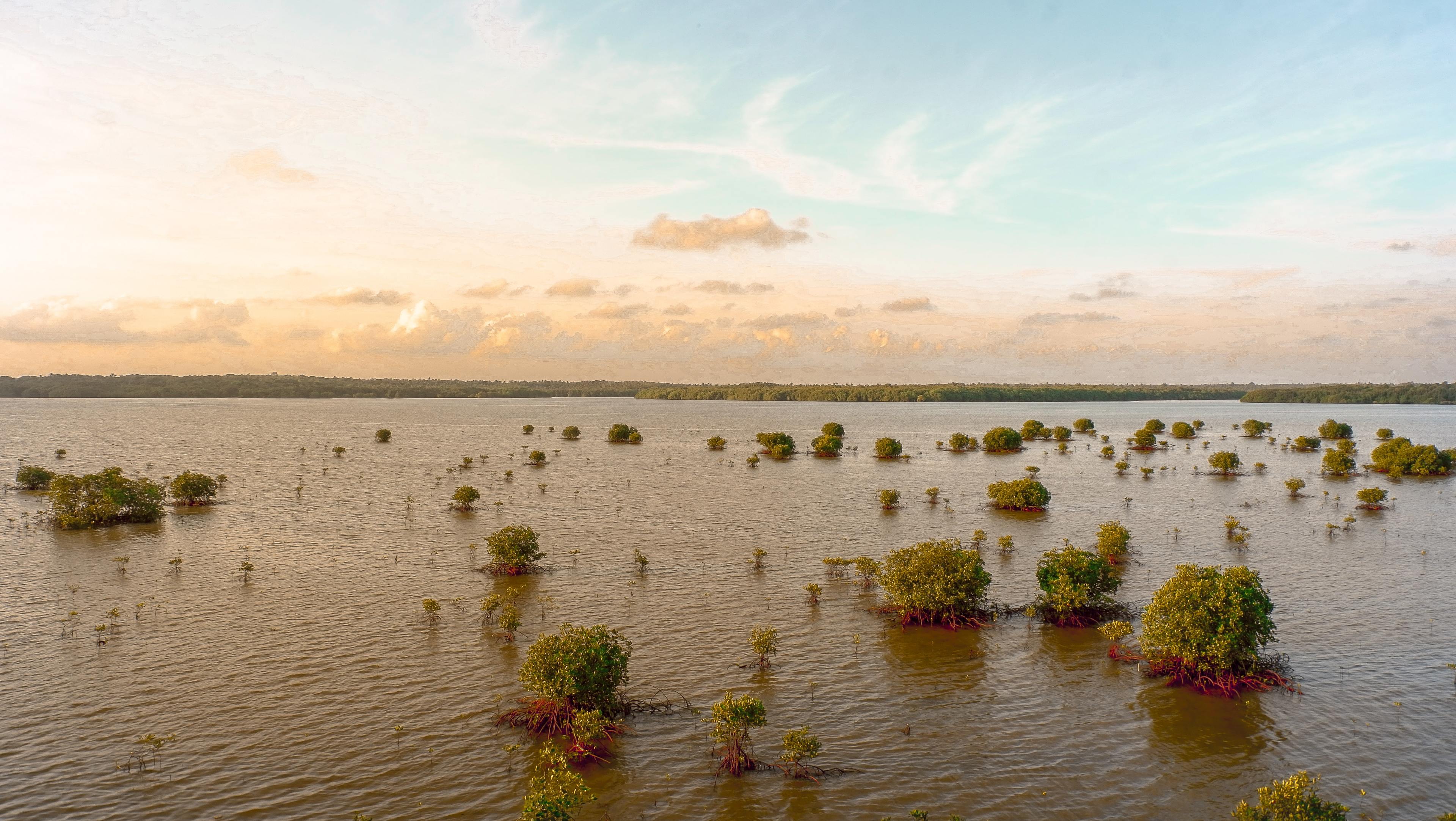Estimate of affordable housing units in New Jersey at risk by 2050, if annual global climate pollution continues at current rate (RCP 8.5) by county. See https://coastal.climatecentral.org
KEY CONCEPTS
A new analysis conducted by scientists at Climate Central and published in Environmental Research Letters highlights the equity implications of sea level rise in the first nationwide assessment of risk to the country’s affordable housing supply.
The number of affordable housing units at risk from coastal flooding and sea level rise is expected to more than triple over the next three decades.
By 2050, virtually every coastal state is expected to have at least some affordable housing exposed to more than one “coastal flood risk event” per year, on average—up from about half of coastal states in the year 2000. (A flood risk event occurs when local coastal water levels reach higher than a building’s ground elevation, and any known barriers do not provide full protection.)
New Jersey, New York, and Massachusetts have the largest share of affordable housing stock and number of units at risk; projections for New York City, Atlantic City, and Boston show that each city could have thousands of units exposed to chronic coastal flooding by 2050.
Climate Central has introduced a new interactive online mapping tool showing the vulnerability of affordable housing to coastal flood risk now and in the future.
WORKSHOP December 1st, 1:00 PM ET: This online workshop featured experts discussing the science behind the study and the solutions available to maintain safe, affordable housing in coastal communities as our climate changes. View the workshop recording here.
NATIONAL EXPERTS
Benjamin Strauss, CEO and Chief Scientist, Climate Central
Scott Kulp, Senior Computational Scientist and Senior Developer, Program on Sea Level Rise, Climate Central
Media Contact: Peter Girard, pgirard@climatecentral.org
METHODOLOGY
Each affordable housing building’s footprint was assessed for the annual probability of experiencing at least one coastal flood risk event in a given year. Sea level rise projections were based on Kopp et al. 2014, and coastal flood risk statistics were based on Tebaldi et al. 2012. These building-level probabilities were integrated to estimate the total expected annual exposure at zip code, city, county, and state levels. For more detail, see the paper online. To explore affordable housing vulnerability given a range of sea level rise projections and storm surge events, see the online tool.
